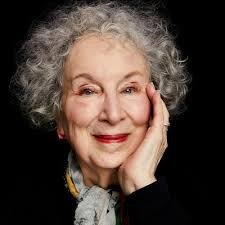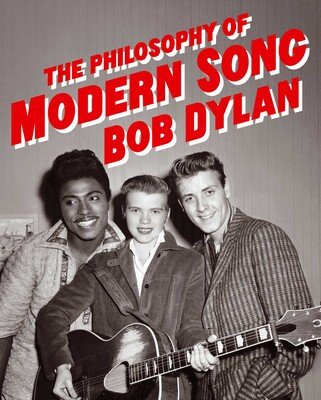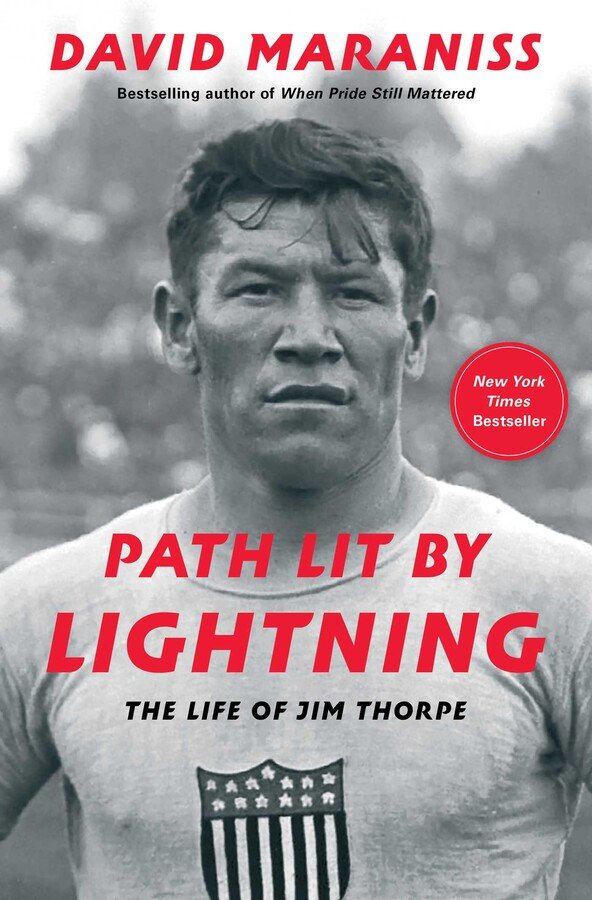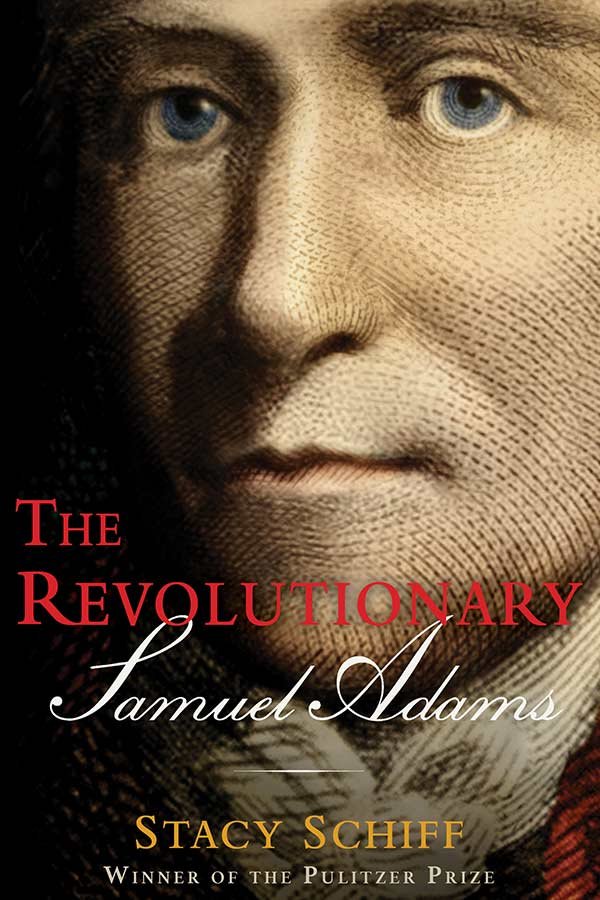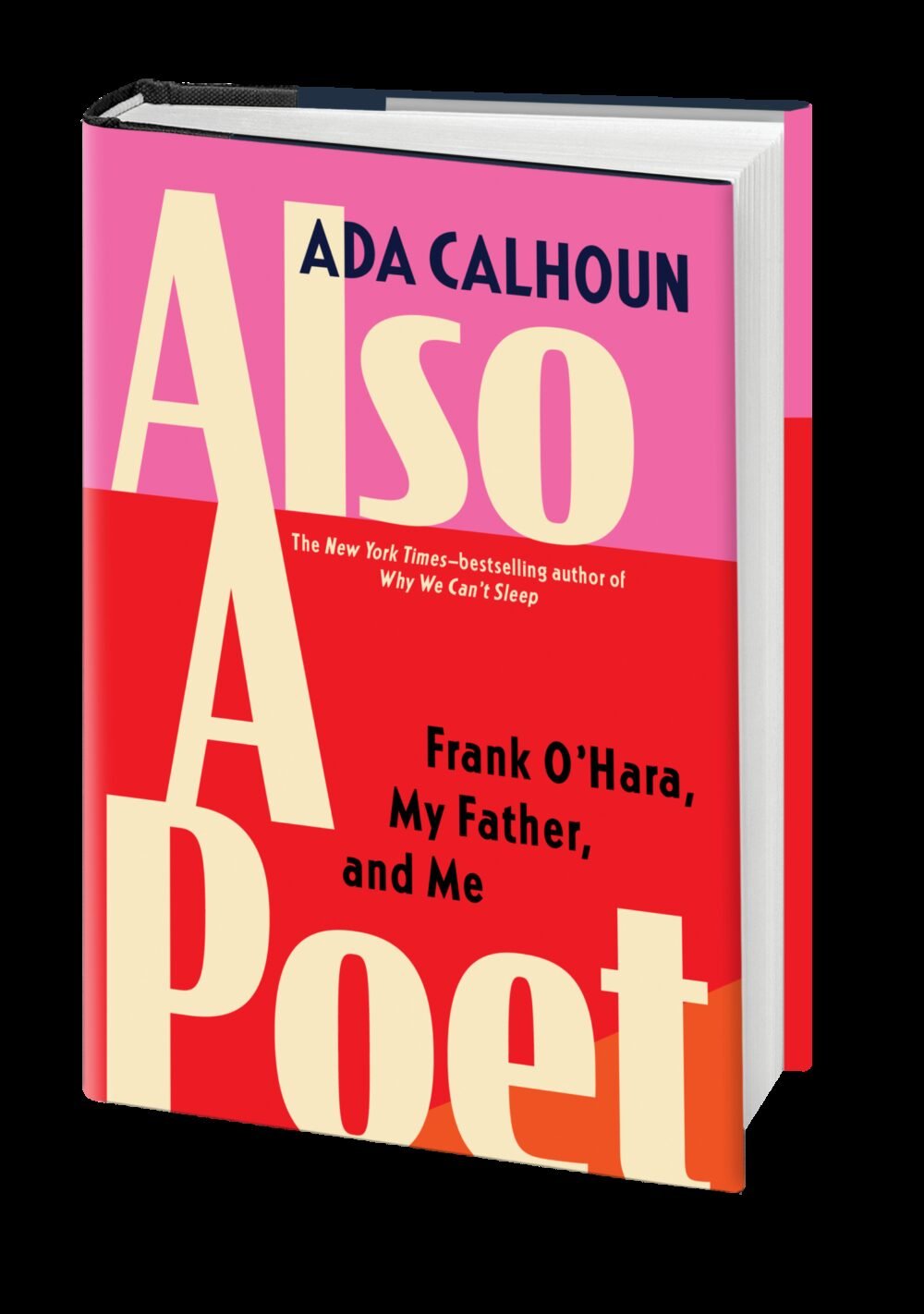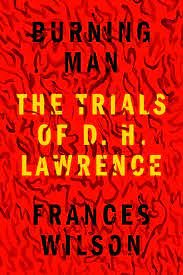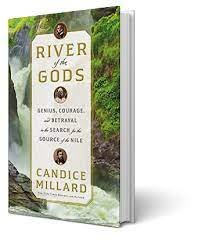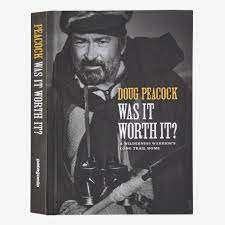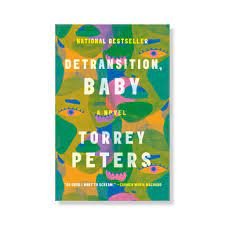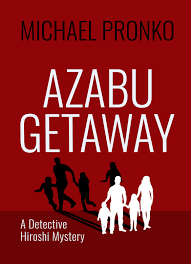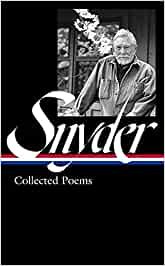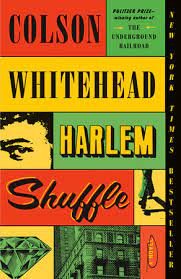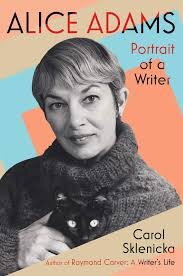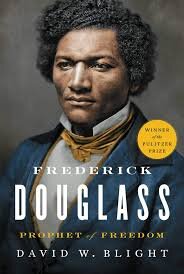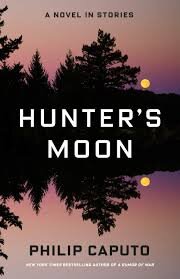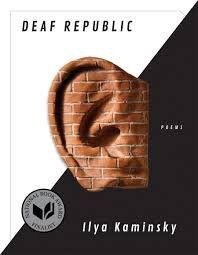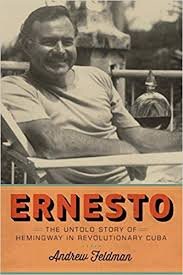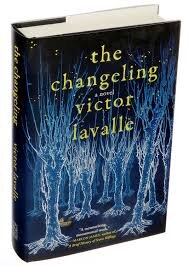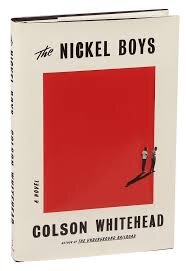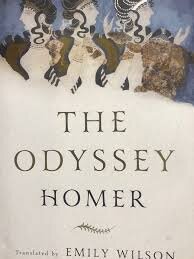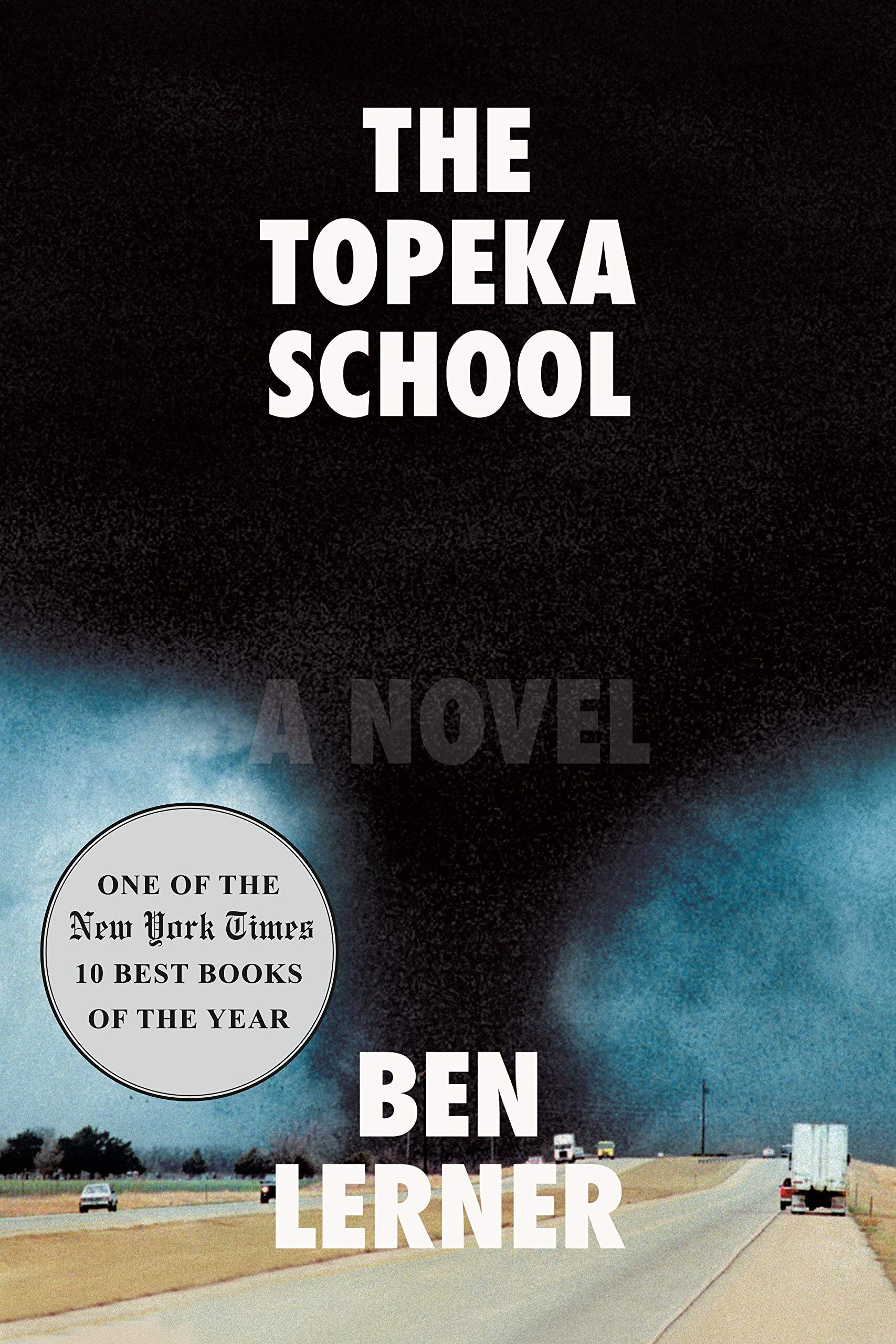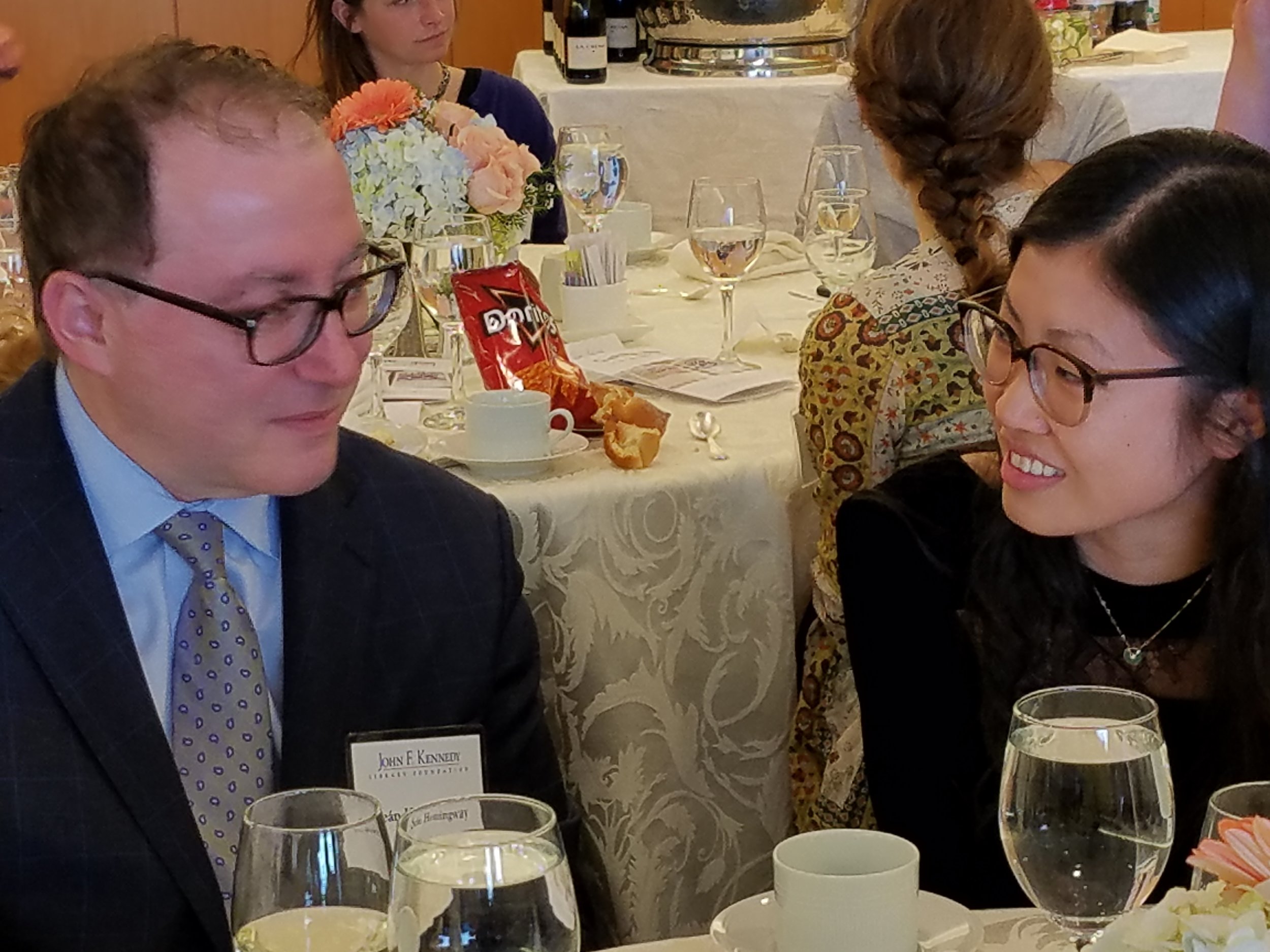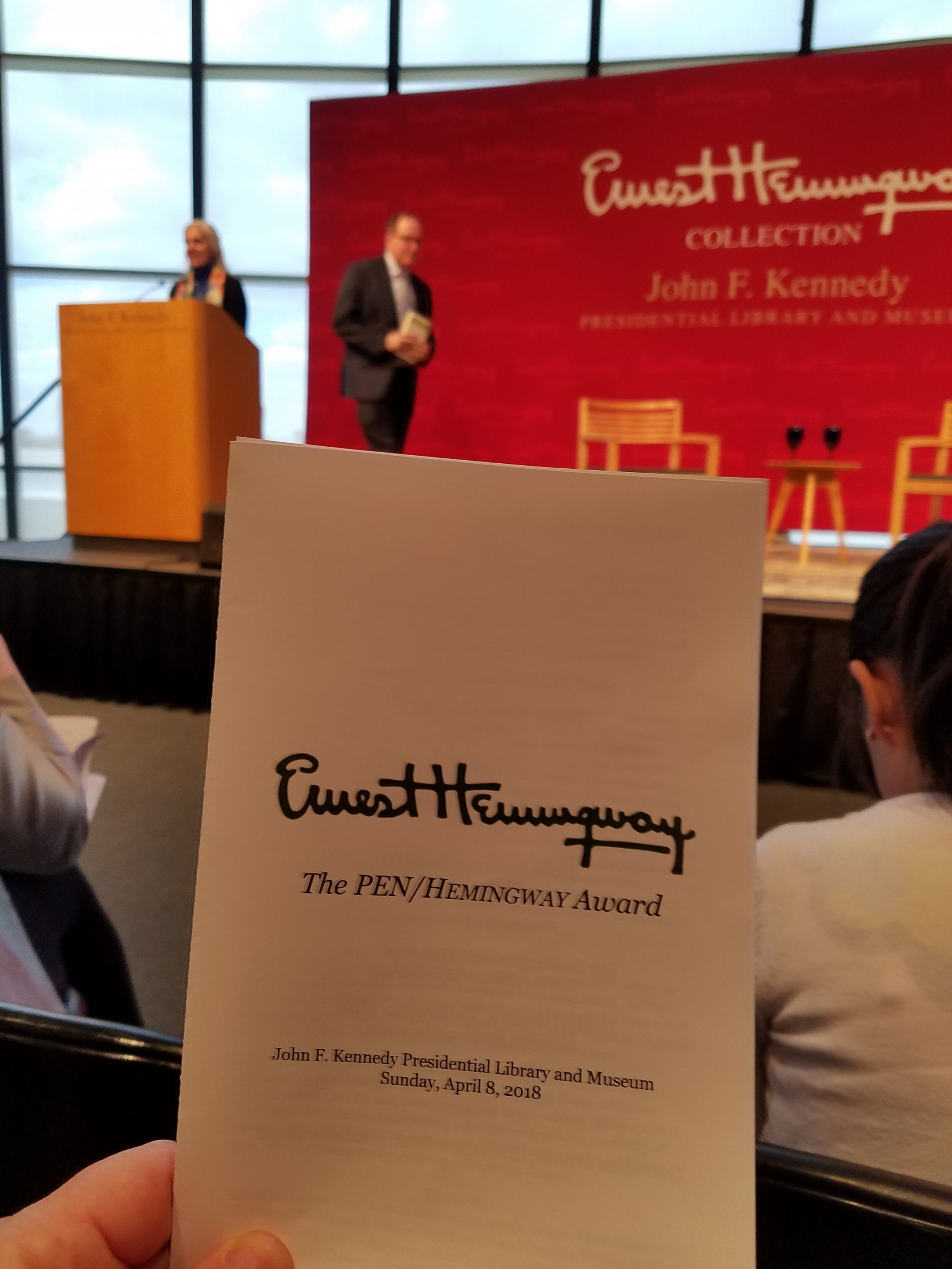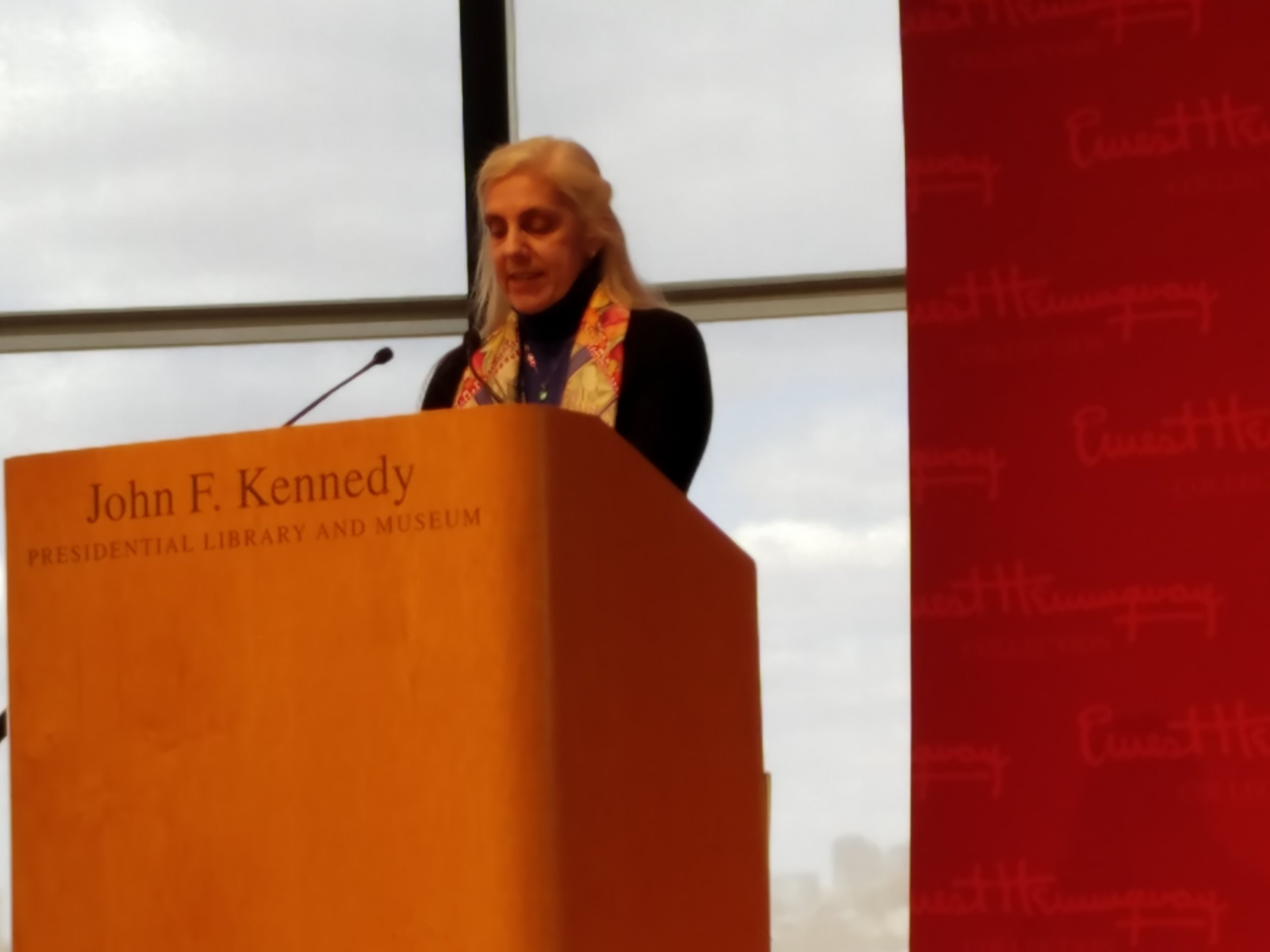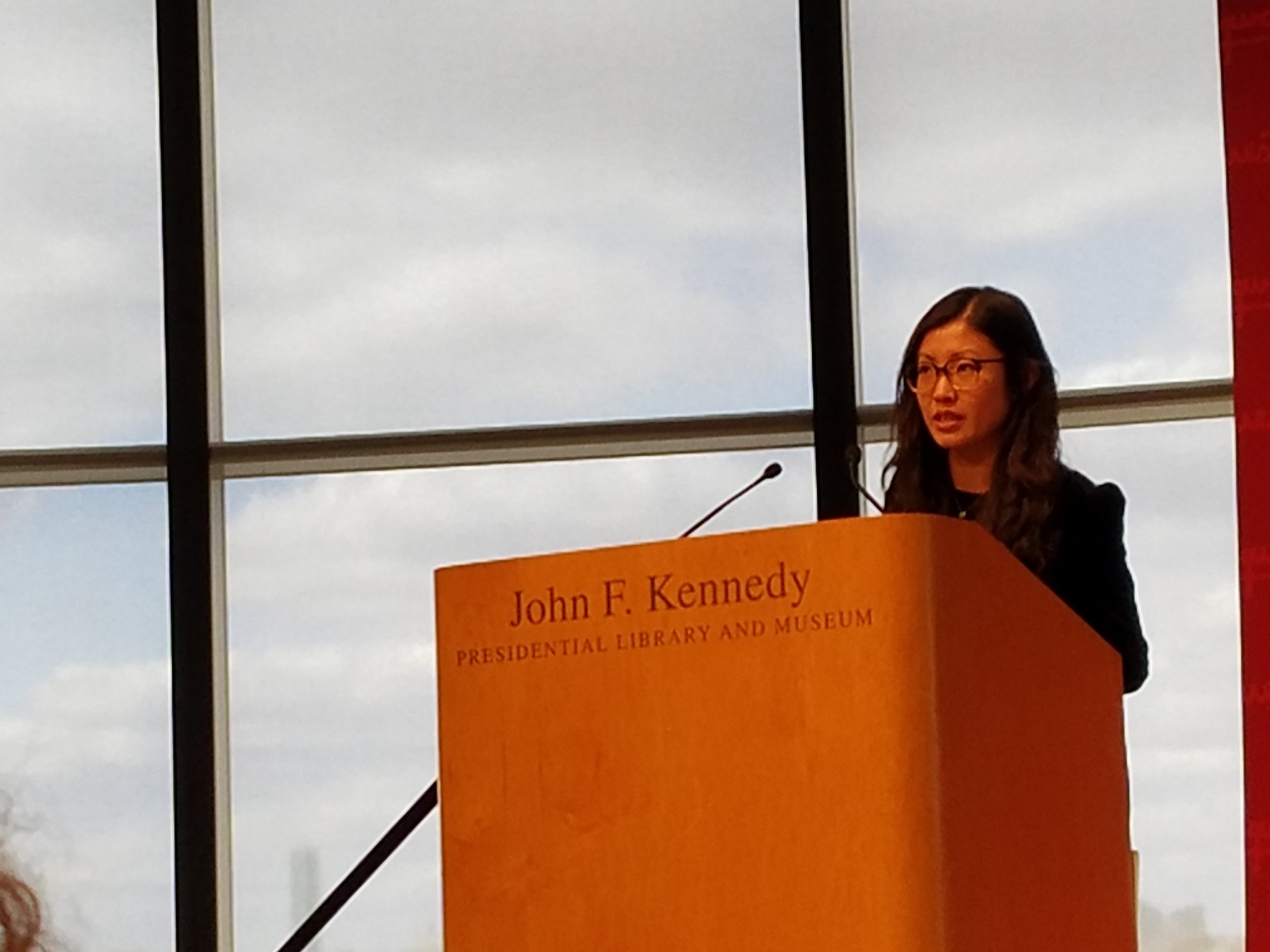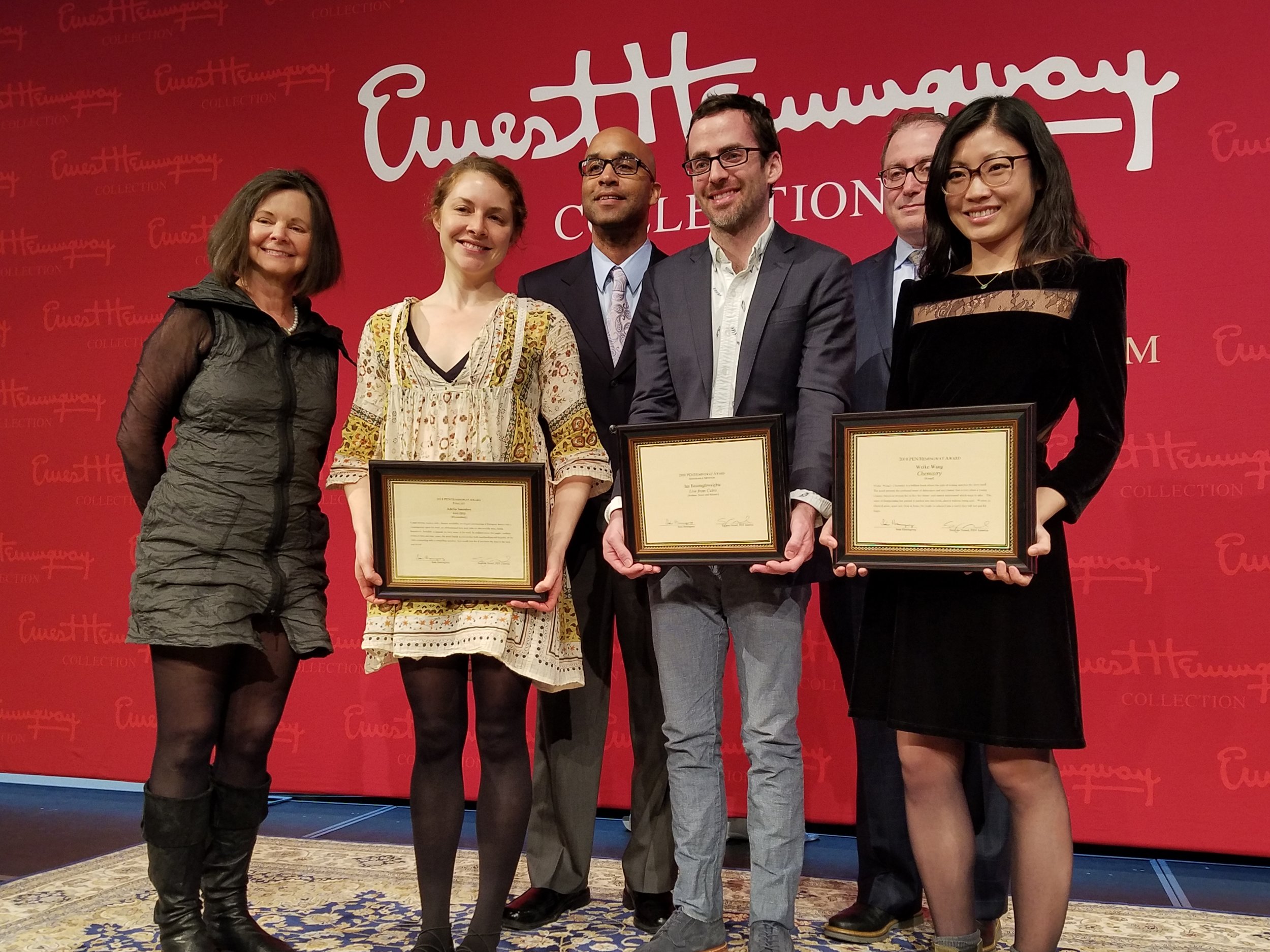By STEVE PAUL
(c) 2024
Belatedly posting some notes about memorable books from year now past. Somewhere around Thanksgiving I returned to KCUR’s “Up-to-Date” with Steve Kraske to discuss some of my favorite reads of the year. I’m posting a few of my notes here, followed by lists of other books I spent quality time with.
Here are the highlights from the radio show:
Percival Everett: James (Doubleday). Winner of the National Book Award and other honors this year, Everett’s novel retells the story of Mark Twain’s Huckleberry Finn through the consciousness of that classic’s Black character, known as Jim. Everett’s James is smart, literate, philosophical, courageous, cagey, and his story of escape, survival, adventure, danger, and the complicated bonds with Huck is unforgettable. I listened to the audio version of the novel and was riveted from beginning to end.
Donna Seaman: River of Books: A Life in Reading (Ode Books/Seminary Co-op). Not just because Donna Seaman is a friend, her memoir of a lifetime devotion to the essential act of reading is a delightful and winning procession of connected essays. A longtime staffer at the American Library Association’s advance-review journal, Booklist, she has recently ascended to editor-in-chief. Her story of a rebellious, smart childhood in rough-edged Poughkeepsie, New York, being the loving daughter of loving and reading parents, includes a year or so in Kansas City in the 1970s when she attended the Kansas City Art Institute. The book is infused with literary tributes, artistic and creative impulses, and despite episodes of personal loss, a spirit of generosity, love of the natural world, and human fellowship. Anyone who loves books and identifies as a chronic reader will recognize a kindred spirit and compare influences and reading lists with those that Seaman shares.
Alexis Pauline Gumbs: Survival Is a Promise: The Eternal Life of Audre Lorde (Farrar Straus Giroux). This deeply imagined and unconventionally constructed biography tells a compelling life story, tracing Audre Lorde’s journey from tough and emotionally challenging childhood to her status as beloved poet, lesbian activist, and spiritual thinker. Gumbs brings a poetic eye and empathetic sensibility, especially toward Lorde’s themes exploring science, nature and the physical and metaphorical universe.
The Harlem Renaissance and Transatlantic Modernism, edited by Denise Murrell (Metropolitan Museum of Art/Yale University Press). In the category of art and “coffee-table” books, this is the huge and handsome catalogue of a major retrospective exhibit that I saw earlier this year at the Met in New York. The sheer variety of style, craft, imagery, and narrative content of these works proves how far from monolithic the creative movement we call the Harlem Renaissance really was. There’s intimate portraiture, vibrant street scenes, abstract collage, and stunning representations of the range of humanity that made up the African American experience in the 1930s and beyond. One particular revelation, for me, were the lovely portraits and lively, boozy social canvases by Archibald Motley. Another involved dwelling on a familiar mural by Aaron Douglas and realizing how it resonated with the kind of political engagement to be found in Picasso’s “Guernica.” This book is filled with insightful scholarly essays that provide broad context and detailed focus on many of the individual art works.
Wright Thompson: The Barn: The Secret History of a Murder in Mississippi (Penguin Press). Extraordinary and riveting narrative that recounts all the threads of American history that led to the torture and killing of Emmett Till, a 14-year-old Black boy, by white men in 1955. This essentially is the biography of a place, a small patch of the Mississippi Delta, which also happens to contain the family home of the author. Thompson, an award winning writer who once wrote sports stories at the Kansas City Star, performed an enormous amount of research as he interweaves his own story and his quest through deep history and the murky legacies of the civil rights-era tragedy that still resonates today.
Samantha Harvey: Orbital (Atlantic Monthly Press). Recent winner of the Booker Prize, this short novel becomes a meditation on human existence, prompted by the narrative’s setting inside the minds and lives of six International Space Station occupants as they speed around the planet. It’s a lyrical and evocative read, though one that some readers might find to be periodically precious. This was another book that I absorbed by listening, an audible experience that was uplifting, cosmic and often hypnotic.
Rachel Kushner: Creation Lake (Scribner). There’s an unusual setup as a mysterious central character, an American woman who may or may not be named Sadie Smith, wangles her way into a collective of French environmentalist rebels. A cult leader’s lectures on human history and the legacy of Neanderthal life in the workings of the modern world give the novel some intellectual heft. The main character’s relationships, sexual drive, and subterfuges provide loads of tension and propulsion as the novel unfolds.
Much of my reading these days involves biography, given my involvement in Biographers International Org. Early in 2024 I caught up with the five finalists for the 2024 Plutarch Award, honoring the best of the prevous year: Each of these five books took a different approach to biography, illustrating, for me, the great range that the craft of biography (as distinguished from autobiography and memoir) spans today.
Jonathan Eig, King: A Life (Farrar, Straus and Giroux)
Howard Fishman, To Anyone Who Ever Asks: The Life, Music, and Mystery of Connie Converse (Dutton)
Lisa M. Hamilton, The Hungry Season: A Journey of War, Love, and Survival (Little, Brown and Company)
Prudence Peiffer, The Slip: The New York City Street That Changed American Art Forever (Harper)
And the Plutarch winner: Yepoka Yeebo, Anansi’s Gold: The Man Who Looted the West, Outfoxed Washington, and Swindled the World (Bloomsbury)
More recent reading and biography titles to come.

















